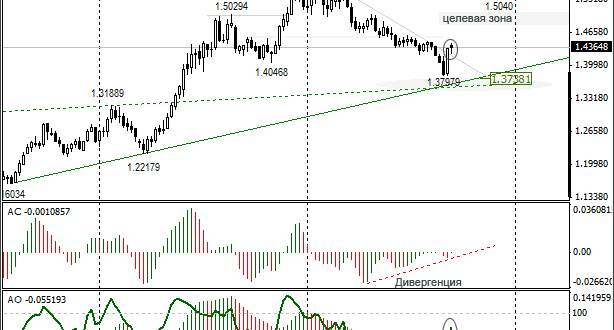When trading in Australia, a foreign exchange portfolio is a great way to ensure you have some stability and security regarding your finances. However, there are different types of portfolios to choose from, and each has its advantages and disadvantages.
If you are keen to open an account trading FX, you can do so with Saxo Bank.
What are hard and soft currencies?
A hard currency is a currency that is highly trusted and stable, making it more easily convertible and less prone to inflation. Investors can rely on the currency’s value to remain steady, making it a favorable choice for international transactions and foreign exchange (FX) portfolios.
In contrast, soft currencies are subject to fluctuation and often have higher inflation rates, making them riskier investments. A portfolio heavily invested in soft currencies may see losses if those currencies experience instability or devaluation.
As a result, FX professionals often prioritize hard currencies when evaluating investment strategy and portfolio composition. However, predicting future currency performance can be challenging even for experienced traders, as economic and political factors can quickly impact a currency’s standing in the global market.
Ultimately, diversity within an FX portfolio is critical; while hard currencies may offer more stability, some less predictable options can also lead to potential gains.
How do central banks control their supply?
Central banks have various methods of controlling the supply of hard currencies, such as the US dollar and the Euro.
One tool sets reserve requirement ratios, or the percentage of deposits banks must hold in reserve rather than lend out. By increasing or decreasing these reserve requirements, central banks can impact how much money is circulating in the economy.
Another way they control hard currency supplies is through open market operations, buying and selling government securities to increase or decrease the money supply. However, managing the supply of soft currencies can be more challenging for central banks, as their decentralised nature makes traditional methods less effective.
One key measure for controlling these currencies is setting regulations on their exchanges with hard currencies and limiting their use for certain transactions.
Overall, central banks exercise a great deal of control over both hard and soft currency supplies to ensure a stable economy.
How does the FX market react to changes in supply?
The foreign exchange (FX) market is constantly in flux, responding to various economic and political factors. In particular, changes in the supply of hard and soft currencies can significantly impact FX rates.
When the supply of hard currencies decreases relative to that of soft currencies, this can drive up demand for the harder currency and lead to appreciation in its value.
On the other hand, an increase in the supply of hard currencies relative to that of soft currencies can result in depreciation in their value.
As such, investors must keep an eye on supply levels for various global currencies to predict and prepare for potential changes in FX rates.
What are some examples of hard and soft currencies?
When discussing currencies in the global economy, it is crucial to understand the difference between hard and soft currencies.
A hard currency, such as the US dollar or Euro, is widely accepted and stable in value. This makes it a preferred form of payment in international transactions.
On the other hand, a soft currency may be subject to more fluctuations and may not be as readily accepted by foreign markets. Some soft currencies include the Russian Ruble, Indonesian Rupiah, and Venezuelan Bolivar. In recent years, China’s Yuan has been working towards becoming a hard currency through measures such as increasing its foreign reserves and participating in international trade agreements.
Ultimately, how “hard” or “soft” a currency is can significantly affect a country’s economic stability.
To summarise
Hard currencies are seen as a store of value, while soft currencies fluctuate based on movements in the market. When constructing your FX portfolio, it’s essential to consider whether you want to protect your investments or speculate on future changes in currency values. When it comes to investing, some investors choose to do both by including a mix of hard and soft currencies in their portfolios.
 HammBurg Be informed with latest news, reviews, entertainment, lifestyle tips, and much more.
HammBurg Be informed with latest news, reviews, entertainment, lifestyle tips, and much more.




